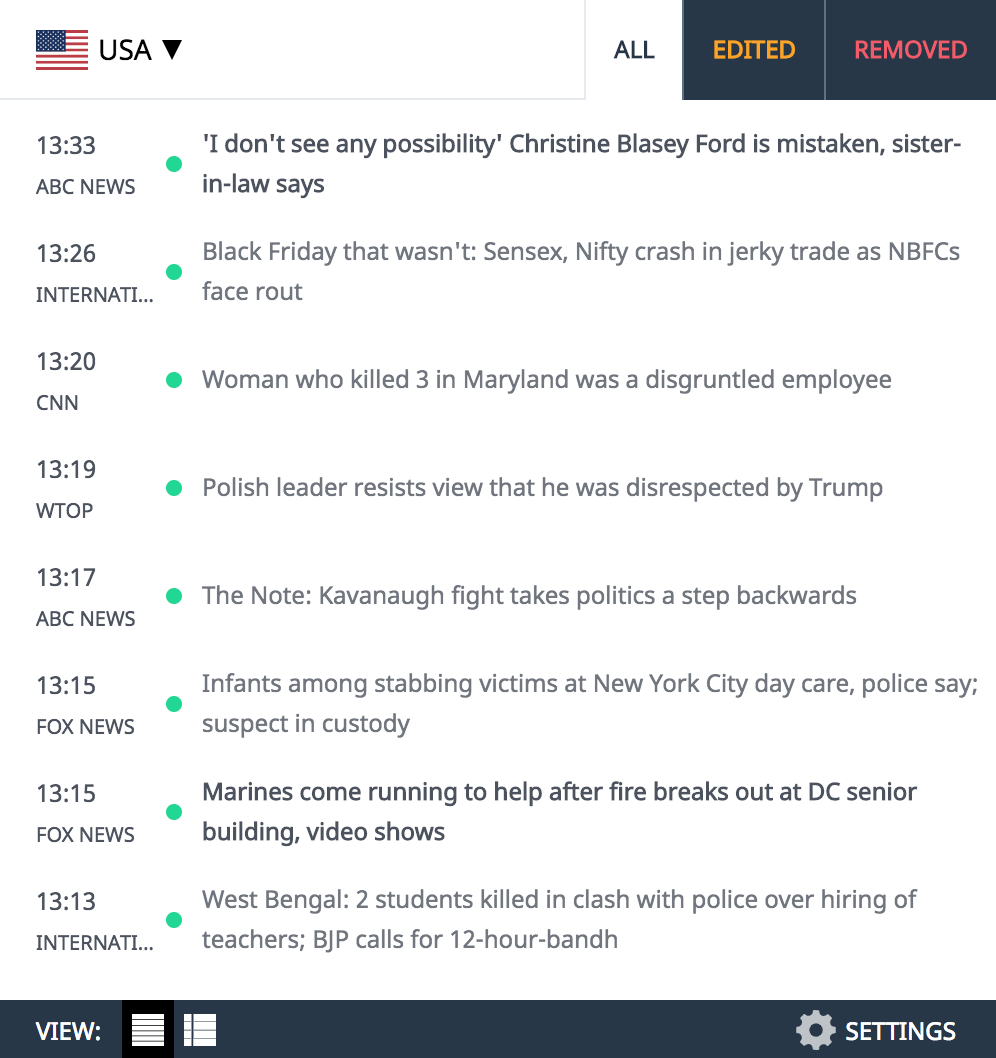Dear Editor,
I wish to share my comments prepared for the WESPAC meeting Tuesday afternoon with your readers that I was not able to deliver in full due to the time limit allowed per speaker. The commentary period given was from 4:30 pm to 6 pm (an hour and a half). Only. four people spoke, yet, we were given a time limit of 3 minutes plus some grace period to finish up. Quite unfortunate, but it is what it is. Malo WESPAC!
The gist of my comments supported American Samoa Governor Lemanu Mauga’s position expressed earlier in the morning – asking the Biden administration via NOAA’s NMFS officials – DC-based Assistant Administrator Janet Colt and Hawaii-based Acting Regional Administrator Sarah Malloy - attending the WESPAC meeting to establish meaningful dialogues with American Samoa leaders on the issue, lest they render a decision in haste that could very well spell the end of American Samoa’s fishing industry that started 75 years ago.
In 1948, the Naval Administration converted one of its warehouses in its Naval Base in Atu’u (the general present location of the Star Kist cannery) into a fish processing and cannery to house Island Packers, Inc. – a start-up fishing company founded by a few American investors the Naval Administration was able to find to start American Samoa’s fishing industry. It closed shop in 1951 due to a lack of a consistent fish supplier. Local government leaders and the US Department of Interior (after the US Navy left American Samoa) purchased the facility from Island Packers, Inc. in 1952 and leased it to Van Camp Seafood Company in 1953. StarKist Samoa set up shop 10 years later in 1963, and the rest as they say is history.
The point is that both the US Naval Administration and the US Department of Interior were instrumental in starting and developing the American Samoa fishing industry from 1948 – a 75-year-old industry. To this day, American Samoa’s economy is still a fragile two-industry economy – government and fishery and will continue to be in the foreseeable future.
But it is now at the proverbial crossroads with the proposed expansion of the PRIAS and prohibition of commercial fishing in said areas by a US federal agency, NOAA. The American Samoa fishing industry was already facing challenges with the existing national marine sanctuaries, international waters restrictions, the South Pacific Tuna Treaty constraints, the prominent presence of highly subsidized Chinese fishing boats in the Pacific, illegal/unreported/unregulated (IUU) fishing prevalent in the region, federal minimum wage law, supply chain issues including fuel costs due to geopolitics – all work to disrupt the supply of fish to and increase production costs of American Samoa’s lone remaining tuna cannery (StarKist). And all beyond the control of American Samoa.
To put it plainly, our fishing industry is hanging on a thread. And NOAA Fisheries holds the power to recommend to President Biden whether to move forward with the proposed expansion or not. The Executive Director for the WESPAC Ms. Kitty Simonds was quoted in the news recently that it was already a done deal and recommended that American Samoa should focus now on asking NOAA and the Biden administration to allow commercial fishing in the to-be expanded areas.
In the past (the 1970s to 2000s), American Samoa had relied on ‘big brother’ Hawaii’s influential DC Congressional delegation whenever needed to help us deal with overwhelming federal government issues – the Honorable late Senator “Fofoga o Samoa” Inouye (whom our Industrial Park is named after), late Senator Matsunaga, late Senator Akaka, and late Congresswoman Patsy Mink. They opened doors for and had collegial working relationships with our political leaders of the time – the late Governor Coleman, Delegates to Congress the late Paramount Chief Fuimaono, the late High Chief Lutali (who later became governor), Talking Chief Fofo Sunia, and late Talking Chief Faleomavaega.
Unfortunately, the same cannot be said about the current Hawaii Congressional delegation where one of them – MOC Ed Case is a leader in the current movement to expand the PRIAS. Some of the leaders or prominent members of the Pacific Remote Islands Coalition (the group responsible for initiating the proposed expansion) are indigenous native Hawaiians – our kin with whom we share a common history of navigating and populating Oceania – from Samoa to the rest of the Polynesian Triangle.
In other words, the trade winds have changed, and we are on our own to fight this battle. We are encouraged however by the support and respect paid to Governor Lemanu Mauga after his special remarks in the opening session of the conference by Guam and CNMI members of the Council as well as the Chairman and other members of the Council.
We are also hopeful that Ms. Janet Colt and Ms. Sarah Malloy of NMFS will influence the key decision-makers in DC and Hawaii to engage the leaders of American Samoa in meaningful dialogues (not timed commentating) on this very important issue for all American Samoans and convey Governor Lemanu Mauga’s message to President Biden – “Seu le manu, ae taga’i i le galu” (Decide wisely for your actions today will bear consequences tomorrow).
So, Let’s “Talanoa” – Let’s Talk!
Respectfully,
Fuiavailili Keniseli Lafaele


